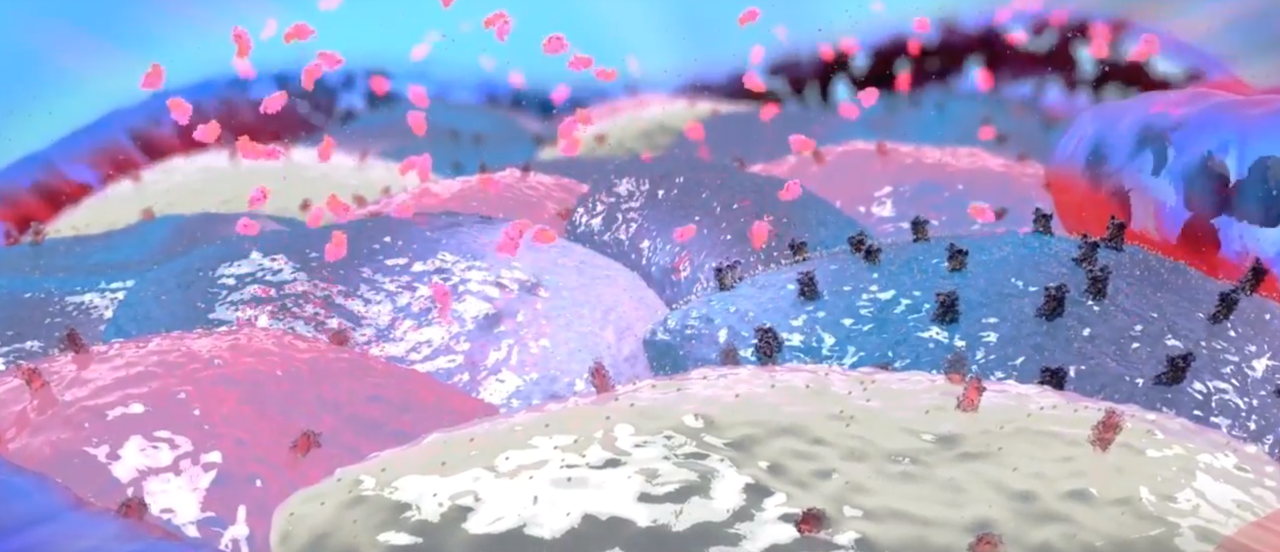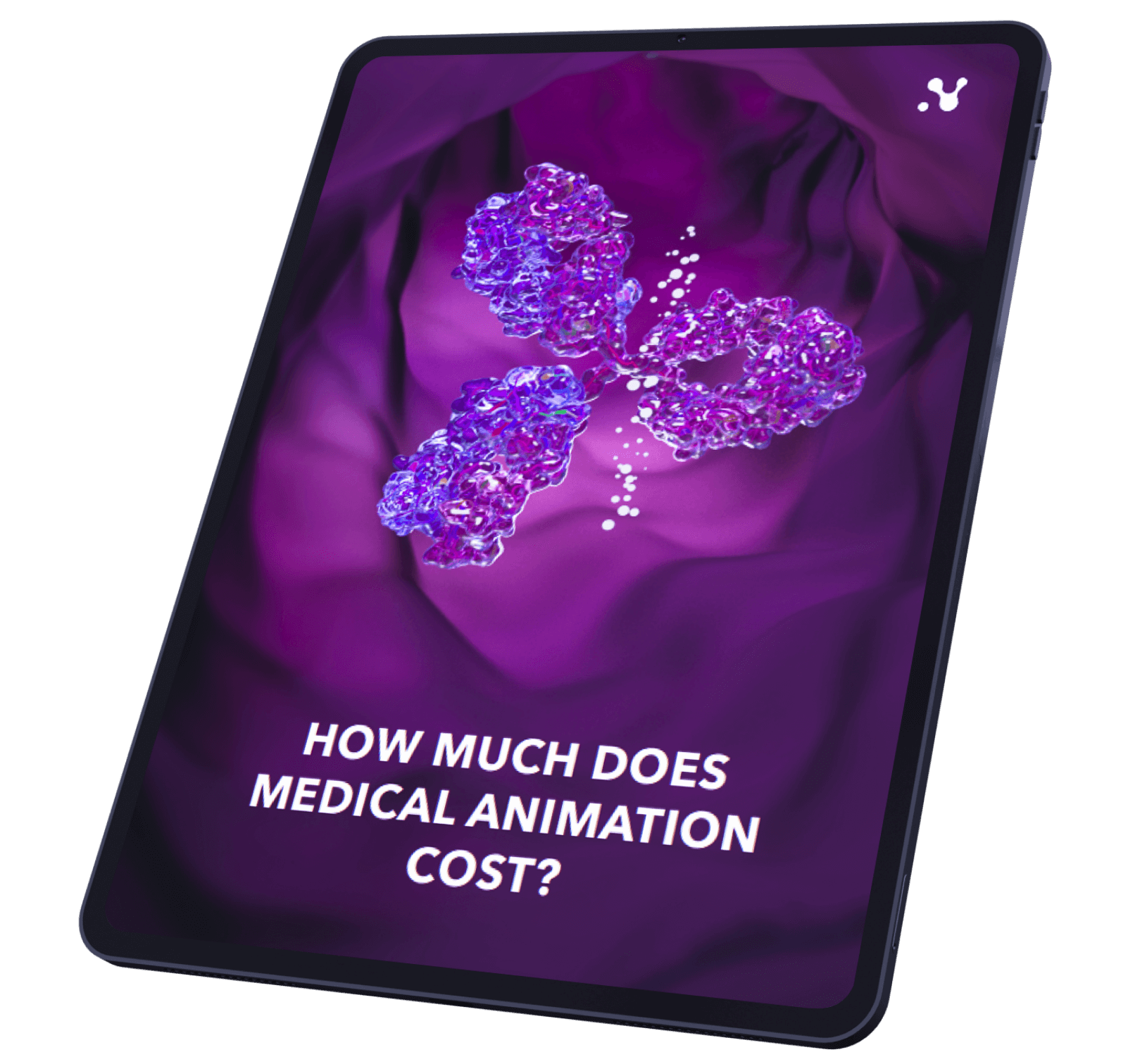Challenge
Hyperprolactinemia is a treatable disease characterized by abnormally high levels of the hormone prolactin in the blood. The mechanisms underlying the illness are incredibly complex: they involve regulation by various hormones, neurotransmitters and neuromodulators. Pfizer are an American pharmaceutical company that have created Dostinex, a drug that successfully reverses the illness. Its action is also based on a mixture of intricate biochemical processes.
It is an intense bit of information to process for biologists, let alone general public. In order to clearly illustrate how Dostinex works in action, Pfizer decided to use some medical-themed animation. Bright visual images make the theory behind the drug’s action easier to grasp.
Let’s have a more extended look at the problem and the way Nanobot Medical approached it.
A Client-Focused Health Issue We Visualized
Prolactin is a vital hormone produced by anterior pituitary gland. However, when hyperprolactinemia occurs, its levels become so high it can be deadly. For the most part, the hormone is associated with lactation; however, it can occur in male as well as in female organisms.
Outside of pregnancy, a woman with high levels of prolactin may develop spontaneous lactation, infertility, and menstrual cycle disruptions. Men may suffer from the weakened libido, erectile dysfunction, and infertility. Additionally, increased prolactin synthesis results in abnormal growth of pituitary glands, resulting in tumors.
Prolactin synthesis is inhibited by the hormone dopamine. Dopamine molecules bind to D2 receptors on lactotroph cells in anterior pituitary, which causes prolactin synthesis to stop. If dopamine synthesis is interrupted, more prolactin is produced. The same happens when there is a surplus of lactotroph cells – there is not enough dopamine to block all the receptors.

Pfizer is a pharmaceutical company with 15 years of experience on the market. They produced Dostinex – a non-hormonal drug that lowers prolactin production and reverses tumors by blocking dopamine receptors. The drug agent is cabergoline – a molecule whose shape is complementary to that of the receptor. This allows it to effectively function as a dopamine agonist. Cabergoline’s effectiveness has been clinically confirmed over 15 years of testings and trials. Its selectivity and superiority over bromocriptine has been demonstrated with a clinical base of over 5000 individuals.

Our Animated Solution
We created an animation to illustrate the action of Dostinex on the molecular level. The video expands on the biomolecular mechanisms of the disease and the action of cabergoline, demonstrating its success, effectiveness and, clinical capability to the viewer.
Type of video: medical-themed animation
Duration: 2 minutes 40 seconds
Storyline:
- The narrator outlines the main features of the disease and its symptoms;
- Following this, the mechanism of prolactin production and inhibition by dopamine are described;
- Then, the disruption of this process is shown and how it affects prolactin production;
- This is followed by the solution that Pfizer provide through Dostinex – the drug’s action and success;
- The final scene is a short piece of advertisement of the drug and the company details.
Workflow Process
Days in production: 90
Objective: visualize the action of Dostinex in hyperprolactinemia to demonstrate its clinical efficiency, selectivity and non-hormonal response.
Audience: healthcare professionals.
Format: Full HD 1080p, 30fps frame rate.
Script: the client provided us with a script to which we made a few minor changes. Normally, our writers and medical committee members produce our own scripts.
Client’s Feedback
High quality of final product, no communication delays, ability to work under pressure. Full conformity to requirements. Superb image and animation quality.
Pfizer



